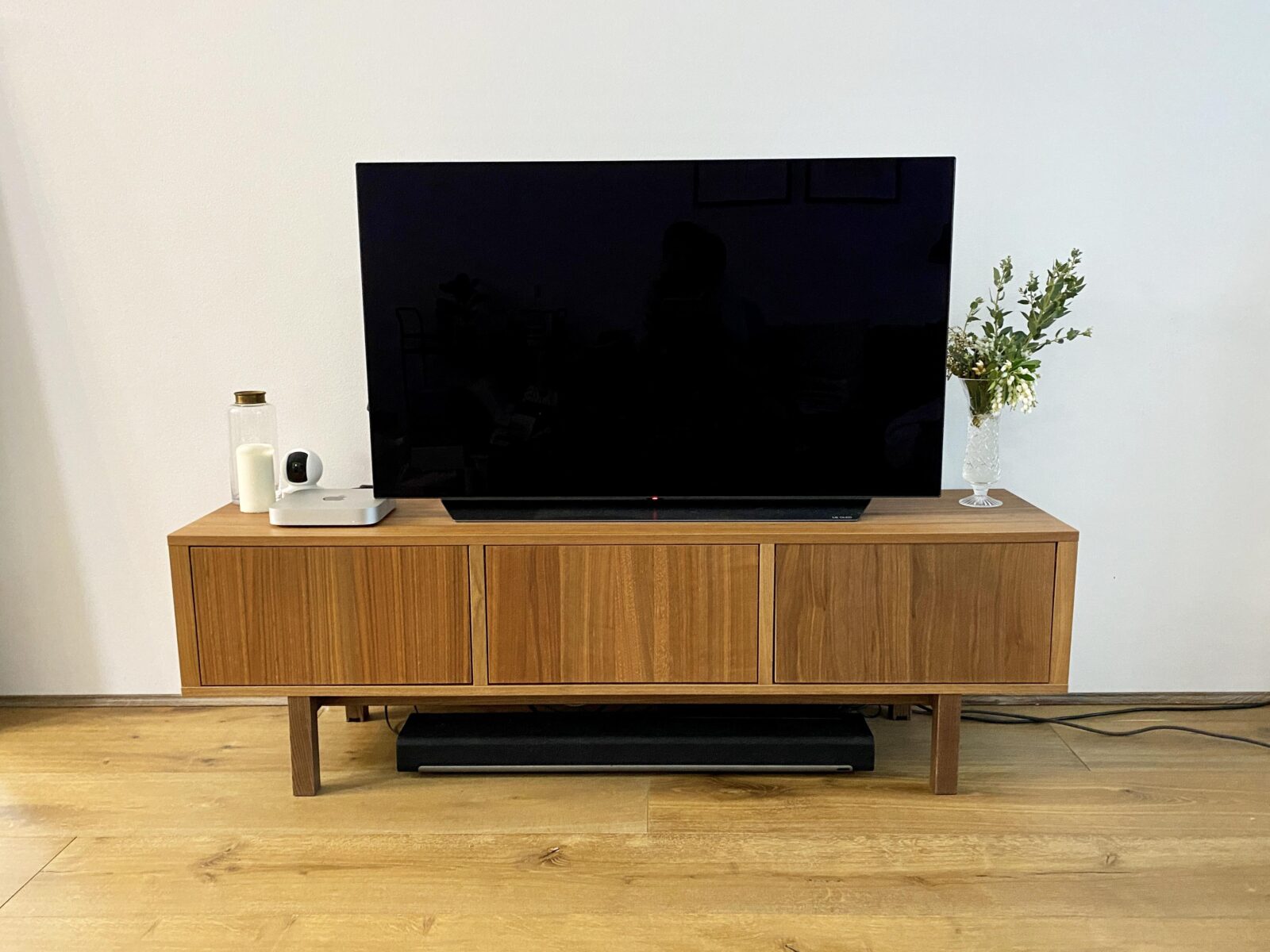Is 8K TV worth the money? Should you buy one in 2021?

They’re here! A number of brands have actual, real-life 8K TVs that you can buy in 2021. The arrival of 8K heralds the dawning of a new age in home entertainment, but the price isn’t for the faint of heart. Should you take the plunge?
What is an 8K TV?
First of all, let’s get the jargon straight.
TVs come in all shapes and sizes these days, but the resolution is one of the most important things you have to consider when buying. A high-definition, 1080p TV packs a resolution that measures 1920 pixels horizontally and 1080 pixels vertically. It’s a 16:9 aspect ratio, and it’s a great all-rounder for the price.
4K, meanwhile, packs a resolution measuring 4096 pixels wide by 2160 pixels high. If you’re good at maths off the top of your head, you’ll notice that 4K really is four times the resolution of 1080p. Insanely, 8K ups the game once again, packing a resolution of 7680 pixels wide by 4320.
That’s a lot of numbers, but in 2021, it’s easy to categorise the difference between 1080p, 4K and 8K as Good, Best and Out Of This World (respectively). What you get really depends on what you’re prepared to spend.
Is 8K Worth The Money?
You can walk away with a handsome 1080p LED set in a decent size (we’re talking 55-inches or more) for less than $1000. With that you’ll be able to play standard PlayStation 4 or Xbox One (or One S) games in 1080p, or watch HD Netflix with no problems. You’ll have a great time with your TV. But everyone likes the look of the next rung up the ladder, and with 4K prices falling, it’s the right time to consider upgrading in 2021.
A 4K set will support the new high-res PlayStation 4 Pro and the Xbox One X (which both support 4K and beautiful HDR lighting effects for added realism in the image), as well as Netflix’s Ultra HD/4K library. Netflix shoots all of its original programming in UHD these days, so you won’t be short of eye-popping narrative to watch on day one.
4K TVs also support the latest bells and whistles when it comes to sharpening, boosting and upscaling images. Many 4K TVs support Dolby Vision for better high dynamic range (HDR) performance and Dolby Atmos for immersive sound. 2020 4K sets even support HDMI 2.1 for faster throughput and higher resolutions from your external devices.
We recently went hands on with the new LG C9 65-inch OLED, and its smart Alpha 9 Gen 2 processor. That’s a lot of jargon, but what it all translates to is a picture so crisp and so sharp you’ll think you’ve been seeing in black and white your whole life.
When the first 4K TVs came out, you’d be looking at remortgaging your home just to get your hands on one, with prices ranging from $15,000 up to $45,000 just for a TV. A little more than three years later, and 4K TVs are now in the realm of possibility for many looking to splurge on a new set. The 55-inch LG C8 I bought myself retailed for about as much as I bought my last 1080p TV for 10 years ago, and I expect this new model to last just as long.
Related:
QLED vs OLED: which is better?
You can reasonably expect to pay between $3000 and $8000 for a 4K TV, with the price entirely dependent on the panel size you opt for. I’m a 55-inch man myself, and it’s plenty big enough to have a great time.
Of course, as 4K hits its sweet spot, the new future wunderkind starts to peek its head around the corner in the form of 8K. 8K has been a tech demo at the Consumer Electronics Show for nigh on six years now, but it’s finally coming out for purchase in retailers this year.
I’m here to tell you: unless you like throwing your money away on being a show-off, an 8K TV probably isn’t for you.
Luke Hopewell is the editor and co-founder of Redaktör. He's previously been the Editor of Gizmodo, Founding Editor of Business Insider Australia, Editorial Lead for Twitter Australia and more.


